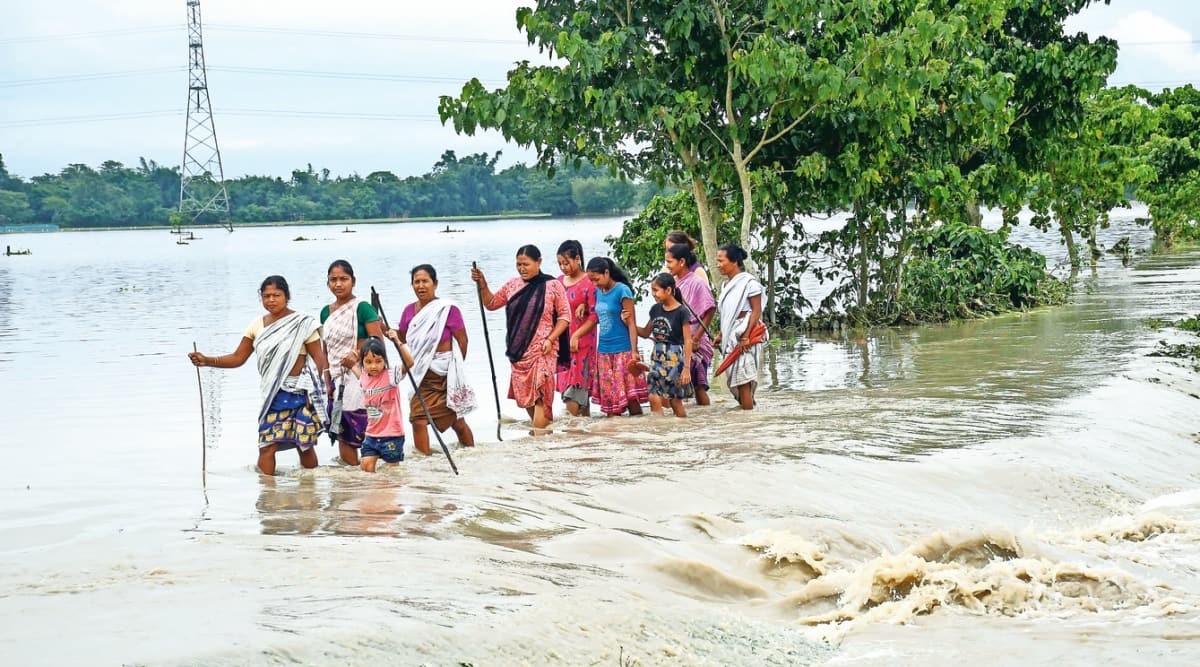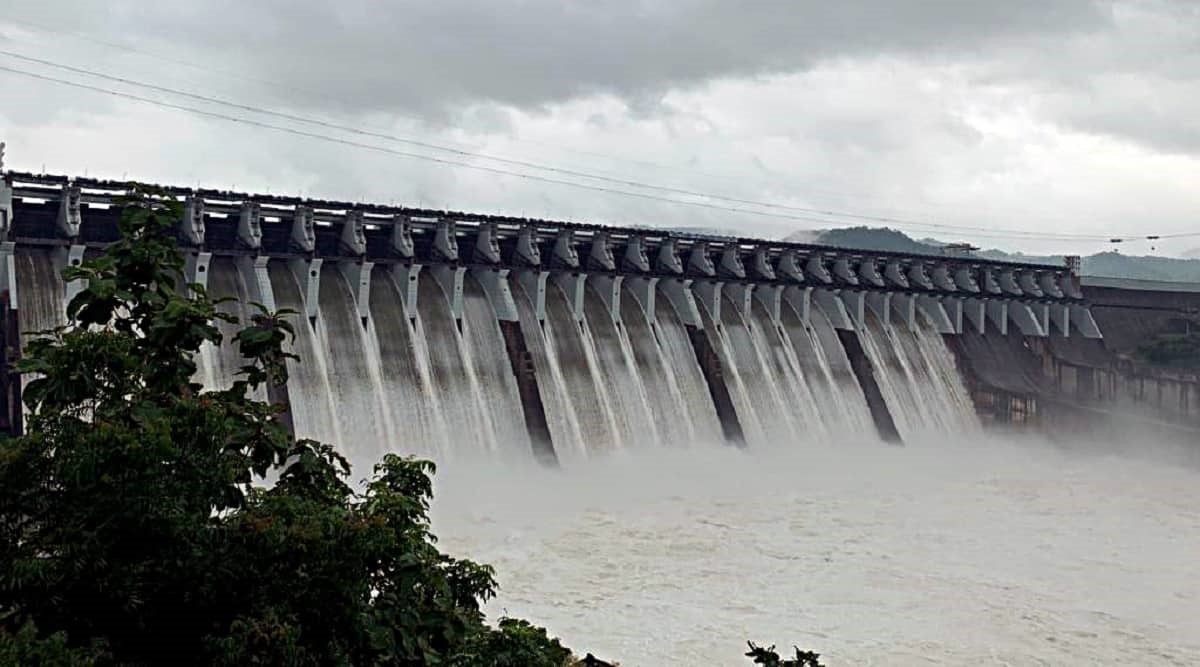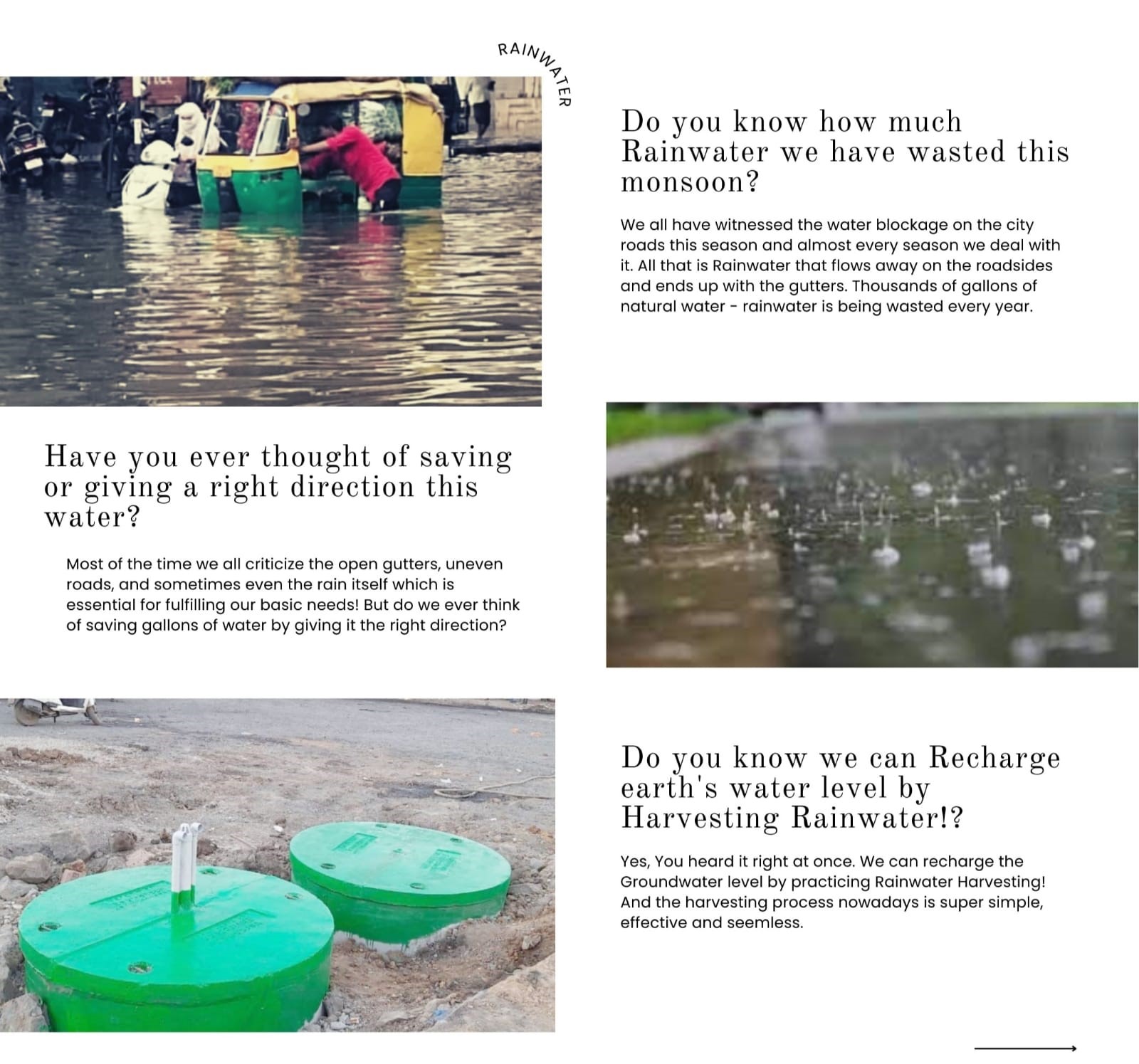It is prudent we upgrade the hydro-infrastructure in the country now so that the tools to manage increased variabilities are available in time
This year the monsoon began unusually. After 61 years, it arrived in Mumbai and New Delhi on the same day — June 24. The monsoon’s onset in these cities is generally around June 10 and June 30, respectively. Immediately after its arrival, many places across India received heavy to very heavy rainfall. It is unusual to see flooded rivers and cities in June/early July since most of the flooding usually occurs in the later months of the monsoon.
Studies and expert appraisals have concluded that citizens, properties, and infrastructure in India cannot be provided with complete flood protection. Hence, we need to shift attention and efforts from flood control to flood management. But the hydro-infrastructure for river regulation in India is inadequate for effective flood management.
About five months after the end of the flood season in October, many parts of the country begin to face scorching summers and droughts. Currently, we see flood flows as a nuisance, to be passed on to the ocean at the earliest. If a large part of the flood flows can be safely conserved, damages would reduce. The saved water would help partially mitigate the upcoming droughts. Storage to manage river flow variability and mitigate droughts is an attractive opportunity for India.

Photo Courtesy: The Indian Express
In recent times, India has faced at least one major flood event each year. As the 2023 monsoon progresses, floods are beginning to repeat the pattern of damage and destruction. Every year 1,600 lives on average are lost due to floods, according to the National Disaster Management Authority. Floods also affect 75 lakh hectares of land and inflict damage worth Rs 1,805 crore to crops, houses and public utilities.
A range of tools are available to manage floods. Broadly, these are classified as structural and non-structural. Structural measures include storage reservoirs, embankments, and diversions. These reduce flood hazards by keeping damage-causing waters away from agricultural areas, cities, industries, etc.
Storage reservoirs moderate the flood peak by storing water during high-flow periods and releasing it after they have subsided. They also conserve water for irrigation, electricity generation, water supply, etc. Their effectiveness in flood moderation depends on the space available. In addition, tanks and ponds are traditional means of water conservation in India. They also aid in groundwater recharge and promote biodiversity.
Non-structural methods such as flood forecasting, warnings, and flood plain zoning, help in the timely evacuation of people and regulate the use of floodplains. Note that floods are a hazard only when people go close to flood waters or hinder their movement.
A forecasting and warning system provides a priori estimate of approaching floods so that people and movable assets are relocated to safer places in time. India has more than 5,500 large dams. Accurate inflow forecasts help moderate floods by estimating the space needed for storage in reservoirs. A common saying goes: “Floods are acts of God but flood losses are largely acts of man”.

Photo Courtesy: The Indian Express
Non-structural methods don’t involve construction and hence don’t create an adverse impact on the environment or otherwise. However, the resource (water) is neither conserved nor put to alternate use. Large and medium water conservancy projects can save huge quantities of damage-causing water. So, to manage increasing variabilities, existing infrastructure should be upgraded or new infrastructure created.
In India, most of the water comes from the Indus, Ganga, Brahmaputra, Godavari, Krishna, Cauvery, Mahanadi, Narmada, and Tapi river basins. The monsoon’s presence makes Indian rivers highly seasonal. During the four months of monsoon, Indian rivers carry about 75 percent of their annual flows. Of this, about 15-20 percent occurs in shorter, very high-flow periods. Flood flows are the flows present in a river for a short period that have huge volumes. Basins such as Ganga, Brahmaputra, Godavari, and Mahanadi have large flood flows. Although some part is currently conserved, unutilized flood flows are more than 100 (cubic kilometers) BCM. Storage space created in major river basins, such as the Ganga and the Brahmaputra, is inadequate for the available flows.
Options for water conservation vary in size from large storage to farm ponds. The impact also varies — local in scale to a large region. Each option will have some advantages, limitations, concerns and requirements. It is not wise to outright reject any option. Of course, it will be a challenge to find good sites to conserve water and build consensus.

Climate change will add a new dimension to flood management — rainfall patterns, intensities, and durations are likely to change. Recently IPCC released Assessment Report 6 where they noted that intense rains are likely to become more common in this warming world. Therefore, flows in Indian rivers and their variabilities will increase in the future. This will lead to more instances of floods and droughts. It is prudent we upgrade the hydro infrastructure in the country now so that the tools to manage increased variabilities are available in time.
The entire suite of measures structural and non-structural, an appropriate mix of grey, blue, and green infrastructure needs to be considered for flood management. Mindsets need changing flood flows and should be seen as a resource to be conserved for subsequent use and water security. A river basin approach should be adopted for flood management while taking care of the environment.
A study completed in the US evaluated the performance of 383 flood control reservoirs and 8,500 miles of levees. They found that for every dollar spent on flood control, potential flood damages equivalent to $6 were averted in the past six decades up to the year 2000. Similar benefits can be harnessed if India implements a comprehensive flood management program.
Vardhman Envirotech
India’s Passionate rainwater company
This article is published on: Indian Express Jul 17, 2023
We would like to spread this for the benefit of fellow Indians.
